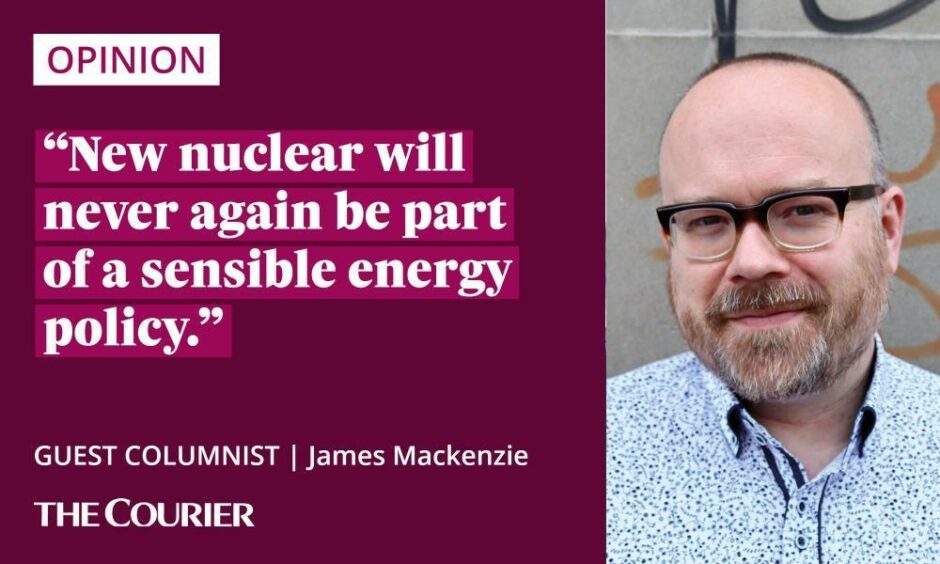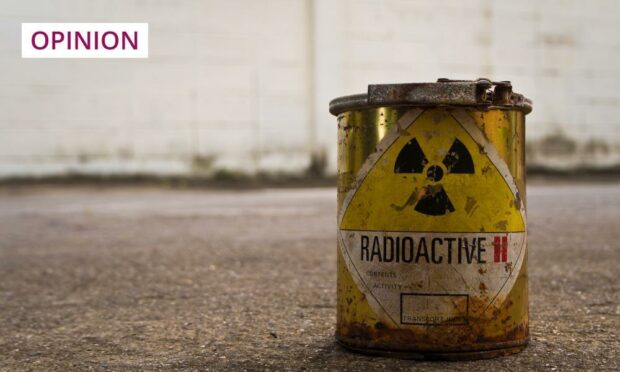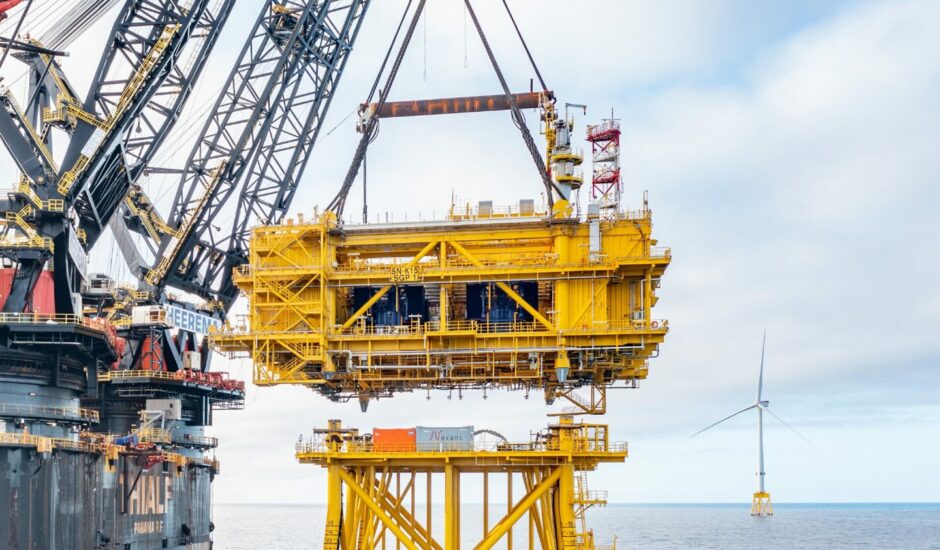Ministers love to publish a strategy document. In part because they get credit for things that haven’t happened yet.
It’s not as good as actually getting the big scissors out to cut the ribbon. But it is a lot less work.
Buried several feet below the coverage of the Russian invasion of Ukraine and the latest Westminster Partygate pantomime, the UK Government set out its energy strategy the other week.
And in this case, a strategy is desperately needed.
The energy sector takes decades to shift course. It requires coordination between governments and (sadly) a wide range of private sector players.
And it’s also a policy morass, ill-understood by those outside it.

Past failures mean our energy supply is still dirty and high-carbon (especially at a UK-wide level). And its costs are increasing at an eye-watering pace.
Previous strategies, if we were to grace them with that fancy title, have also left us very dependent on Russian gas.
That was awkward before, but it now looks like a war crime by proxy.
Finally, the failure of the New Labour administrations to bring any element of the privatised energy sector back into public ownership means the profits continue to be funnelled to shareholders while the costs are always socialised.
Even the National Grid was kept in the private sector rather than being reclaimed as a strategic publicly-owned asset.
And the moment Corbyn considered rectifying this obvious mistake, the company just upped sticks for Luxembourg.
UK Government energy strategy doesn’t stand up to scrutiny
To no-one’s surprise there’s no move towards increased public ownership or control in the UK Government energy strategy.
John Pettigrew, CEO, National Grid said: “There’s no doubt that this is a crucial moment for the energy sector. A strategy with clean energy at its heart is critical. Net zero is achievable and affordable and is a clear route to long-term resilience. (1/2) pic.twitter.com/HEJbxw2YaZ
— National Grid UK (@nationalgriduk) April 7, 2022
They talk about “secure, clean and affordable British energy for the long term”, and those are sensible aims.
But unfortunately the document doesn’t stand up to any significant scrutiny.
The sop to people who believe in the science of climate change is a proposed sharp increase in offshore wind, “up to 50GW” by 2030, up from about 10GW now.
Which is fine, although onshore wind remains cheaper and quicker to install.
But the NIMBYs in the shires don’t like that, and they have got their way again.
The climate doesn’t actually care how many wind turbines you install, though, onshore or off.
It only cares how much you reduce greenhouse gas emissions.
And UK Ministers have some bad news for you there.
Because they have learned how to dress up new oil and gas emissions as clean and green, or at least make a token effort to do so.
Industry PR chimes with SNP energy policy
The oil and gas section is nothing more than out-and-out climate denialism.
Tory Ministers are committing to licensing a new round of exploration in the North Sea, but don’t worry, they will encourage the oil platforms themselves to be electrified.
This is described, I kid you not, as ensuring “our gas remains the low carbon choice”.
This is “electric bus to the short-haul plane” territory. The same sort of cognitive dissonance as flying water around the planet then being smug about the bottle not ending up in landfill.
Two other bits of industry PR also feature extensively in the UK Government strategy, both of which I regret to say also feature in SNP thinking on energy.
Activists from @JustStop_Oil have blockaded the entrance to the Nustar oil terminal in Clydebank.
It's the first time the group have taken action in Scotland. They say it's in response to the UK Government's recent energy strategy. pic.twitter.com/uOP7ukxfSr
— Go Radio (@thisisgoradio) May 3, 2022
Carbon capture and storage is Salmond-era cluelessness, and a report this year into Shell’s flagship facility in Alberta should have sunk it forever.
That plant captured 5 million tons of greenhouse gases over the last seven years (clapping begins) but at the cost of emitting an extra 7.5 million tons (confused booing).
Hydrogen also gets the nod, thanks to intense oil industry PR. And half of the new production planned is intended to be the dirty form, using fossil fuels (as opposed to clean hydrogen from renewables).
No place for nuclear in a sensible energy strategy
And what of the nuclear expansion planned?
Well, I’m less hostile than I was to nuclear.
Keep the old ones running as long as it’s safe? Sure.
Almost any amount of nuclear waste is better than climate breakdown. And if nuclear could deliver cost-effective reliable low-carbon energy, I’d take it.
But in order to make Hinkley Point C “economic” the operators had to be promised a strike price per unit about 30% above the cost of renewables.
The economics stink.
And UK Ministers are talking about one new plant a year every year up to 2030.
I doubt there’s a single person on the planet who thinks that can be done.
Hinkley Point C was announced 12 years ago, and is still not due to be operational for another four years.
New nuclear will never again be part of a sensible energy policy.
The plummeting costs of solar and onshore wind mean it will never again be competitive.
It’s a system designed to sluice our money into the pockets of shareholders, notably including both the French and the Chinese government.
When the Scottish Government publish their equivalent document this autumn we know it will at least not advise us to waste money on new nuclear.
But will it be ambitious enough on renewables and storage to deliver the decarbonisation of heat, travel and industrial processes by 2030?
We shall see.
James Mackenzie is a freelance media and public affairs consultant and former head of communications for the Scottish Greens.












Conversation